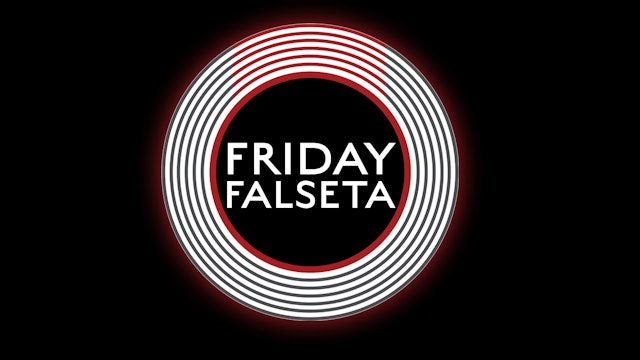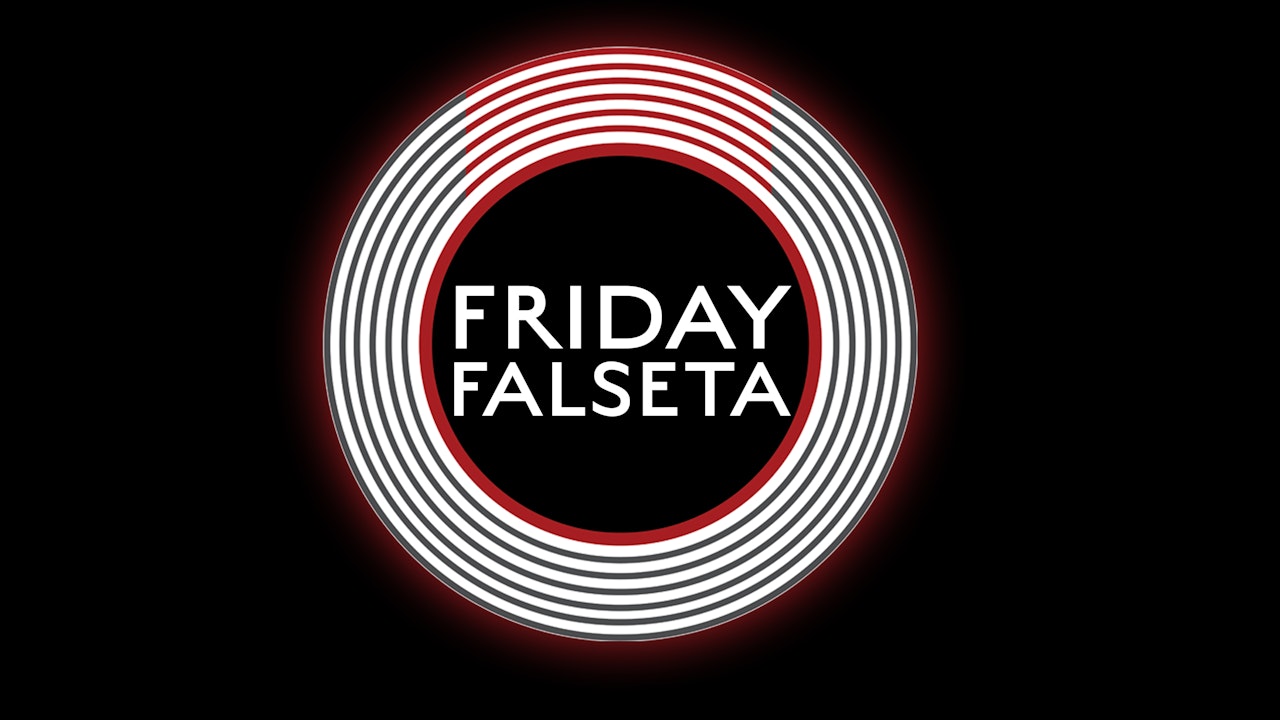Friday Falsetas
The complete list of falestas from our Friday Falseta series. TABS can be found here: https://flamencoexplained.com/tabs-and-notation/
-
Friday Falseta - Bulerias Traditional “Easy” Alzapua Workout Falseta-PERFORMANCE
A great traditional Alzapua falseta Por Bulerias that’s quite playable but also an excellent workout for your technique.
-
Friday Falseta - Bulerias Traditional “Easy” Alzapua Workout Falseta - TUTORIAL
A great traditional Alzapua falseta Por Bulerias that’s quite playable but also an excellent workout for your technique.
-
Friday Falseta - Bulerias Traditional “Easy” Alzapua Workout Falseta-SLOW/LOOPED
A great traditional Alzapua falseta Por Bulerias that’s quite playable but also an excellent workout for your technique.
-
Friday Falseta - Alegrías Traditional Thumb Falseta - PERFORMANCE
A traditional Alegrías falseta that’s a great one to know as you learn Alegrías but also serves as a fantastic thumb exercise.
-
Friday Falseta - Alegrías Traditional Thumb Falseta - TUTORIAL
A traditional Alegrías falseta that’s a great one to know as you learn Alegrías but also serves as a fantastic thumb exercise.
-
Friday Falseta - Alegrías Traditional Thumb Falseta - SLOW/LOOPED
A traditional Alegrías falseta that’s a great one to know as you learn Alegrías but also serves as a fantastic thumb exercise.
-
Friday Falseta - Soleá Thumb Falseta Inspired by Paco - PERFORMANCE
A relatively simple and great-sounding Soleá falseta inspired by a bit of a falseta by Paco de Lucia.
-
Friday Falseta - Soleá Thumb Falseta Inspired by Paco - TUTORIAL
A relatively simple and great-sounding Soleá falseta inspired by a bit of a falseta by Paco de Lucia.
-
Friday Falseta - Soleá Thumb Falseta Inspired by Paco - SLOW/LOOPED
A relatively simple and great-sounding Soleá falseta inspired by a bit of a falseta by Paco de Lucia.
-
Friday Falseta - Bulerias Tomatito Falseta #2 (Thumb) - PERFORMANCE
A great Bulerias falseta by Tomatito, this one’s not too hard to play. And it’s a fantastic workout for your thumb, too.
-
Friday Falseta - Bulerias Tomatito Falseta #2 (Thumb) - TUTORIAL
A great Bulerias falseta by Tomatito, this one’s not too hard to play. And it’s a fantastic workout for your thumb, too.
The 2-Feel video I mention can be found here: https://learn.flamencoexplained.com/videos/bule-2-count -
Friday Falseta - Bulerias Tomatito Falseta #2 (Thumb) - SLOW/LOOPED
A great Bulerias falseta by Tomatito, this one’s not too hard to play. And it’s a fantastic workout for your thumb, too.
-
Friday Falseta - Tangos Traditional “Easy” Thumb Falseta - PERFORMANCE
A great, groovy Tangos falseta that’s not too hard to play, this is a modification of a falseta that’s usually played in triplets, but here we’ve made it 8th notes so you can play it at just about any speed. Also great for working your thumb technique!
-
Friday Falseta - Tangos Traditional “Easy” Thumb Falseta - TUTORIAL
A great, groovy Tangos falseta that’s not too hard to play, this is a modification of a falseta that’s usually played in triplets, but here we’ve made it 8th notes so you can play it at just about any speed. Also great for working your thumb technique!
-
Friday Falseta - Tangos Traditional “Easy” Thumb Falseta - SLOW/LOOPED
A great, groovy Tangos falseta that’s not too hard to play, this is a modification of a falseta that’s usually played in triplets, but here we’ve made it 8th notes so you can play it at just about any speed. Also great for working your thumb technique!
-
Friday Falseta - Alegrias in E #3 by Kai Narezo - PERFORMANCE
An advanced Alegrias Falseta in E Major by Kai that features some interesting harmonies, a bunch of little scales and quite a bit of syncopation.
-
Friday Falseta - Alegrias in E #3 by Kai Narezo - TUTORIAL
An advanced Alegrias Falseta in E Major by Kai that features some interesting harmonies, a bunch of little scales and quite a bit of syncopation.
-
Friday Falseta - Alegrias in E #3 by Kai Narezo - SLOW/LOOPED
An advanced Alegrias Falseta in E Major by Kai that features some interesting harmonies, a bunch of little scales and quite a bit of syncopation.
-
Friday Falseta - Soleá Por Bulería Arpeggio/Scale Falseta - PERFORMANCE
An advanced Solea Por Buleria falseta played Por Medio that features Arpeggio and Picado techniques and a bit of syncopation.
-
Friday Falseta - Soleá Por Bulería Arpeggio/Scale Falseta - TUTORIAL
An advanced Solea Por Buleria falseta played Por Medio that features Arpeggio and Picado techniques and a bit of syncopation.
-
Friday Falseta - Soleá Por Bulería Arpeggio/Scale Falseta - SLOW/LOOPED
An advanced Solea Por Buleria falseta played Por Medio that features Arpeggio and Picado techniques and a bit of syncopation.
-
Friday Falseta - Tangos Por Arriba Picado Falseta - PERFORMANCE
An advanced Tangos falseta Por Arriba, this one is almost all Picado. It’s definitely a fun falseta, but it’s also a great little scale study.
-
Friday Falseta - Tangos Por Arriba Picado Falseta - TUTORIAL
An advanced Tangos falseta Por Arriba, this one is almost all scales. It’s definitely a fun falseta, but it’s also a great little scale study.
-
Friday Falseta - Tangos Por Arriba Picado Falseta - SLOW/LOOP
An advanced Tangos falseta Por Arriba, this one is almost all Picado. It’s definitely a fun falseta, but it’s also a great little scale study.


























